One would naturally think that Kitty Hawk – the place from where the Wright Brothers took off an aircraft for the first time – houses the oldest airport in the world. However, according to Deborah Douglas, a historian and curator of Science and Technology at the MIT Museum, the First Flight Airport wouldn’t technically count as the oldest airport in the world, as it doesn’t “get airplanes in and out of the sky safely, and it has to transfer people and goods from one mode of transportation to another“.

In light of such a revelation, one might wonder which airports in the US are the oldest in the nation? Let’s look at five of the oldest airports in this nation with the highest number of airports in the world.
5. Long Beach Airport
The oldest municipal airport in California
According to BBC, Long Beach ranks among the ten most beautiful airports in the world as it has “Bogart-Bacall-era Hollywood charm…you walk through tree-lined pavilions, open to the California sky.” The airport’s history stretches more than a hundred years, as the City of Long Beach reports that:
” With the sand offering a soft landing for air balloons as early as 1905, the city’s seven miles of beach initially served as Long Beach’s “airport.” From about 1910 to 1919, fabric-covered biplanes performed landings and takeoffs at low tides amidst the ocean spray. “
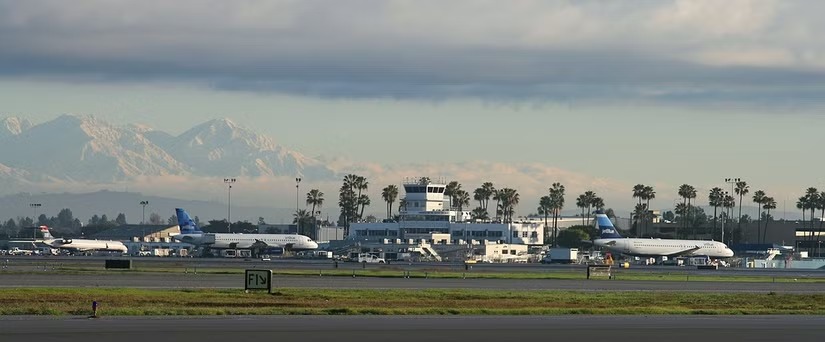
The airport was formally established in 1923. Some of the most famous aviators of years gone by also made flights to Long Beach Airport:
- Calbraith Rodgers completed a flight from Sheepshead Bay in New York to Long Beach on December 10, 1911, making it the first U.S. transcontinental flight.
- In 1927, Charles A. Lindbergh’s historic trans-continental flight [Spirit of St. Louis plane] touched down at Long Beach Airport.
Currently, the airport stretches across 1,166 acres and has three runways.
4. Minneapolis Saint Paul International Airport
A joint civil and military airport
| Established in | 1920 |
|---|---|
| Elevation | 841 ft |
| Operating Base for |
|
Minneapolis-St. Paul International Airport (MSP) is the busiest airport in the Upper Midwest of the United States. This airport, which is home to Sun Country Airlines and a hub for Delta Air Lines, also sees operations from the Air Force Reserve Command 934th Airlift Wing and the Air National Guard 133rd Airlift Wing. According to the Star Tribune, in 2017 and 2018, the airport was the best airport for its size.
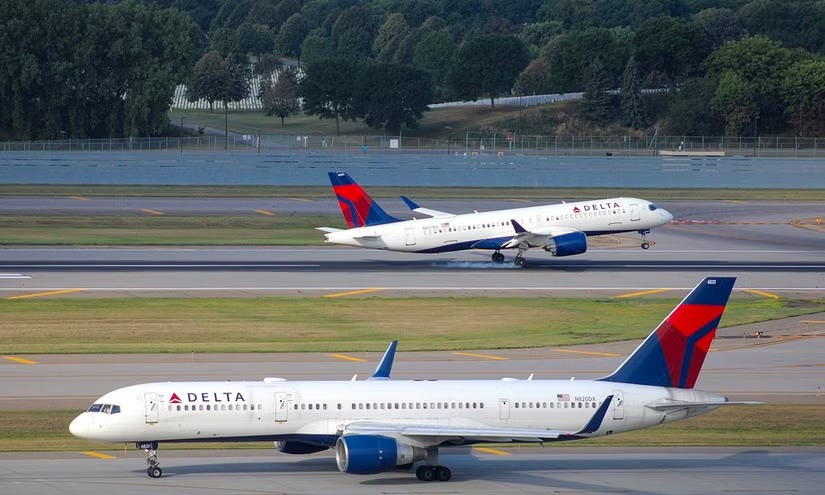
Before the construction of the airport, MSP was a speedway field. Although the airport was established in 1920, passenger services didn’t start until almost a decade later, reported the Metropolitan Airports Commission:
“The first hangar was a wooden structure constructed in 1920 to accommodate airmail service, and the 160-acre property became known as Speedway Field. In 1923, the airport was renamed Wold-Chamberlain Field in honor of two local pilots, Ernest Wold and Cyrus Chamberlain, who lost their lives in combat during World War I. The airport soon became home to Northwest Airways, which in 1926 won the government’s airmail contract and acquired the airport’s only hangar. Passenger service began in 1929.”
The airport was named Minneapolis-St. Paul International Airport in 1948, as international services started that year. The airport currently generates $15.9 billion annually for Minneapolis and Saint Paul.
3. Stinson Airport
Seven miles south of downtown San Antonio
| Established in | 1915 |
|---|---|
| Operator | City of San Antonio |
| Elevation | 577 ft |
Stinson Municipal Airport (SSF), which is housed in Texas, started its operations as the Stinson School of Flying. San Antonio International Airport reported that three siblings, Marjorie Stinson, Katherine Stinson, and Eddie Stinson, taught students to fly at the school:
“With a plan in place, Katherine got to work in starting the school. Eddie Stinson, her brother, selected a plot of land south of town just west of the San Antonio River. Her sister, Marjorie, went to City Council to petition them to open up the school. City Council rented her 500 acres for $5 per year. Marjorie and Eddie continued to expand operations at the Stinson School of Flying, teaching civilian students like Jack Frost and pilots from the Canadian Air Force”
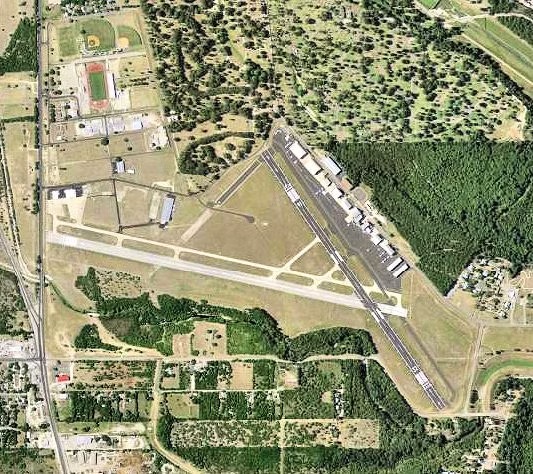
After the onset of World War I, civilian flying stopped, and so did the operations of the Stinson School of Flying. The airfield was then run by the City of San Antonio. The Air Force took control of what would later become the third-oldest airport in the US as it was utilized during World War II as a training base.
Some buildings constructed by the military (in the airport) during World War II still stand. After the end of World War II, commercial operations at the Stinson Municipal Airport moved to San Antonio International Airport. Nonetheless, in 2022, Stinson Airport had an average of 224 aircraft operations per day, i.e., 81,865 yearly operations.
2. Pearson Field
A major military airfield in the interwar years.
| Established in | 1911 |
|---|---|
| Airport type | Public |
| Elevation | 29 ft |
Pearson field stretches across 82 acres (33 hectares) and in 2022 saw an average of 144 operations per day. Almost all of these aircraft were general aviation ones. This airfield, which has a capacity for around 170 light aircraft, has an operational history that started out with the distinction of being the one where “the first time an airship was used to deliver a letter“. The year was 1905, when a dirigible:
“flew over the Columbia River, and 40 minutes later landed at Vancouver Barracks, in Vancouver, Washington. The Gelatine, as it was named (because it was sponsored by the Knox Gelatine Company), was an Army Signal Corps blimp that had just made the first controlled flight in the Pacific Northwest. Piloted by Lincoln Beachey, the Gelatine set an endurance record…”
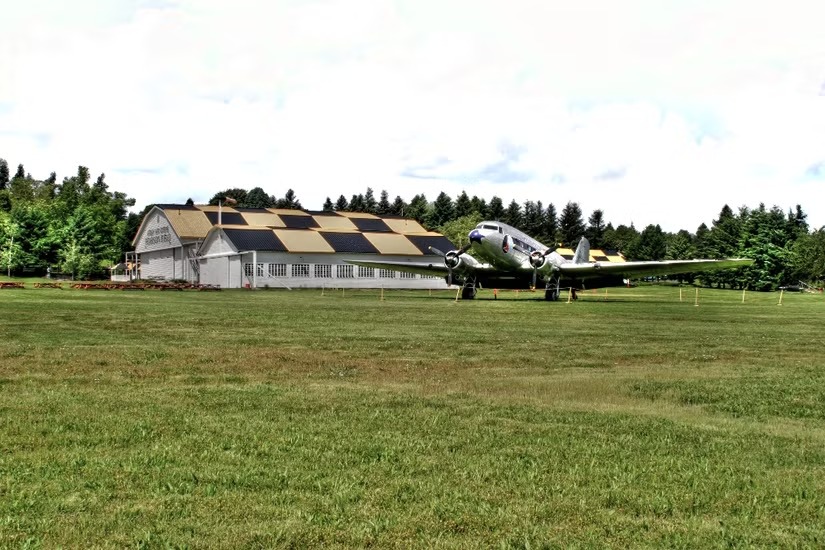
Some of the major pieces of history at this airport include the following:
| Year | Distinction |
|---|---|
| 1911 | First landing of an aircraft |
| 1923–1941 | US Air Force operations |
| 1937 | The first non-stop transpolar flight lands |
| 1975 | Construction of the Chlakov monument (dedicated to Valery Pavlovich Chkalov, the person who completed the first non-stop transpolar flight) |
On 8 September 2012, Pearson Airfield was recognized as a historic site by the AIAA Historic Aerospace Sites Committee.
1. College Park Airport in Maryland
The airport has a long, bumpy history
| Established in | 1909 |
|---|---|
| Airport type | Public |
| Elevation | 48 ft |
College Park Airport (CGS), which is known as the world’s oldest continuously running airport, started its operations in 1909. Wilbur Wright made 55 flights at this airport, including one that flew at a speed of 46 miles per hour over a 500-meter course. Wilbur, alongside Orville, were at the helm of initial operations at College Park Airport, reported the National Park Service of the US:
“The facility began as the training site for the first military pilots in the U. S. Army. On August 1, 1907, the Army’s Chief Signal Officer established an Aeronautical Division in his office. He also contracted with the Wright brothers to build a flying machine, which was delivered to Fort Myer, Virginia, in August 1908. The contract required flights to demonstrate performance and flying training for two Army officers.”
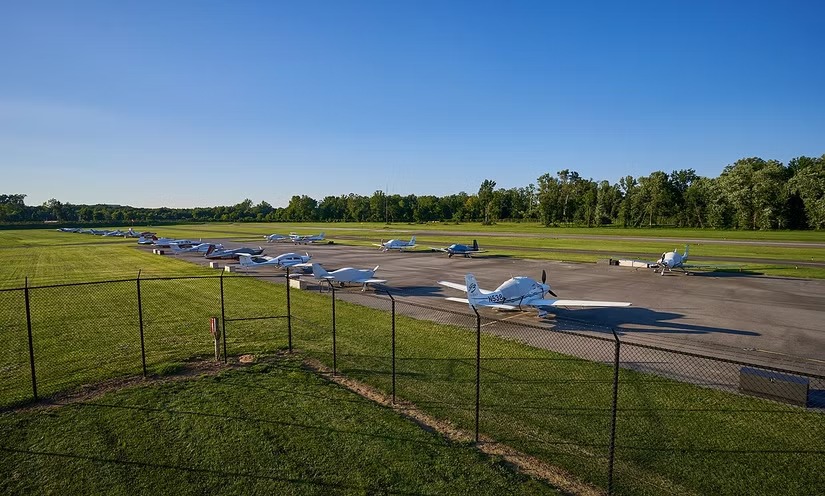
Despite being a major piece of aviation history, the airport’s hangars were being torn down during the late 1960s, reported the Washington Post. This was a time when general aviation airports were shut down, and people didn’t value the airport as it should have been. However, the airport is now being run as a historic site with splendid displays in the College Park Aviation Museum, which stretches 27,000 sq ft (2,500 square meters).
Source: Simple Flying
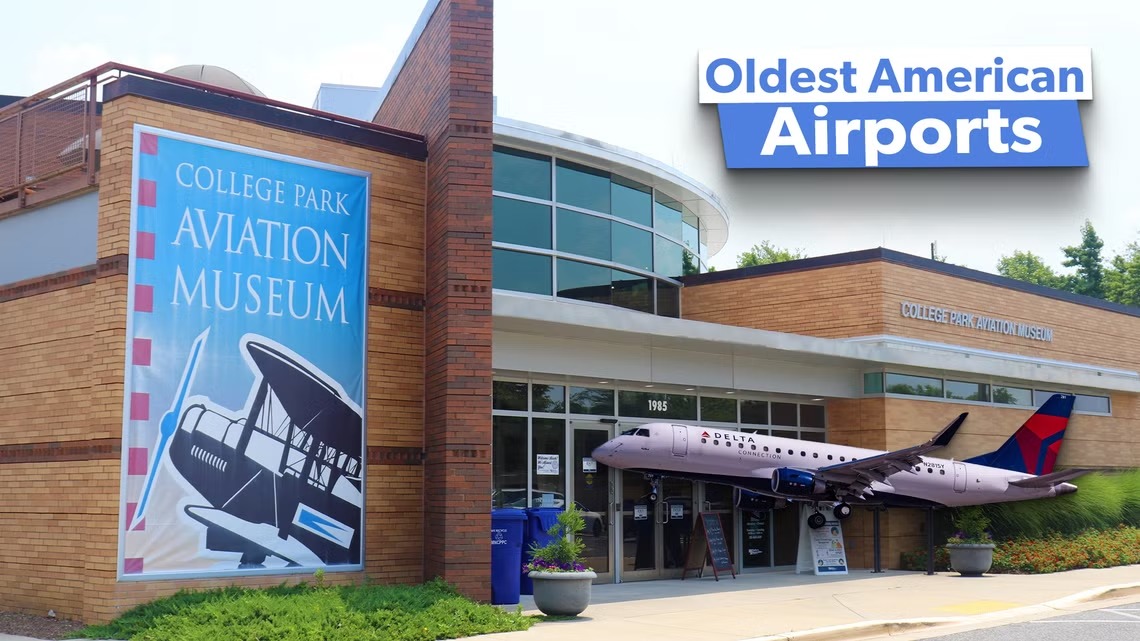
Warning: Illegal string offset 'cookies' in /home/u623323914/domains/eng.bayviet.com.vn/public_html/wp-includes/comment-template.php on line 2564